FiveThirtyEight compared six Covid-19 models for a sense of where we might be headed. With different assumptions and varying math, the trajectories vary, but they at least provide clues so that policymakers can make educated decisions.
If you’re interested in the data behind these models, check out the COVID-19 Forecast Hub maintained by the Reich Lab at the University of Massachusetts Amherst. They helped with the FiveThirtyEight comparisons and are also the source for the official CDC forecast page.

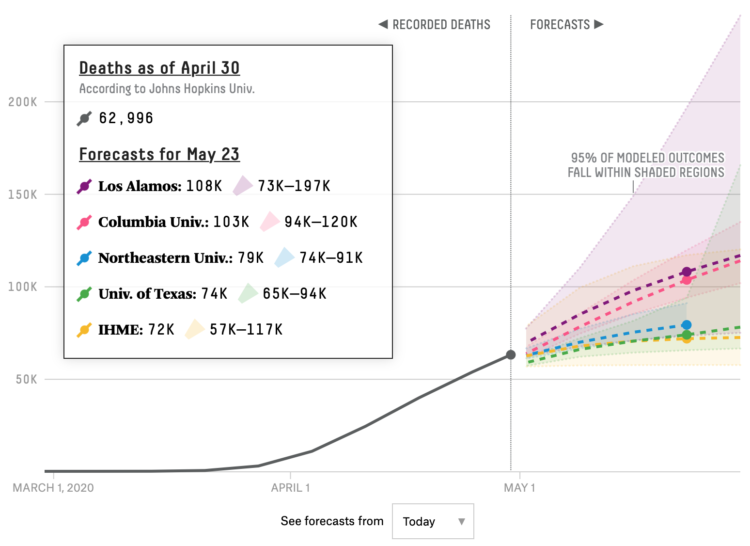
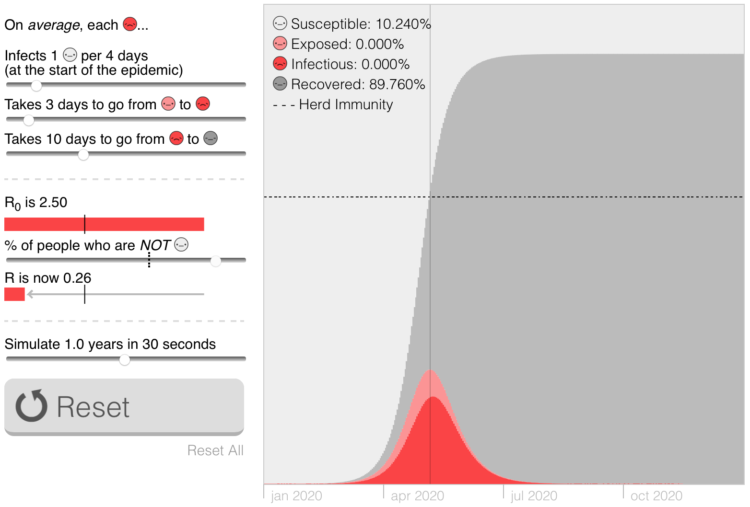
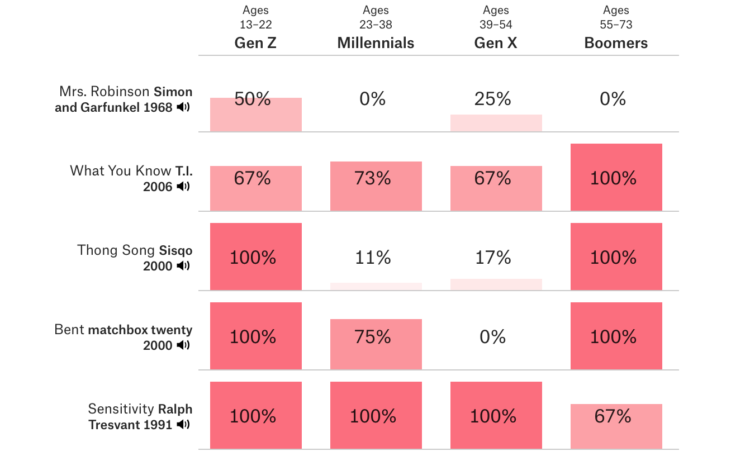
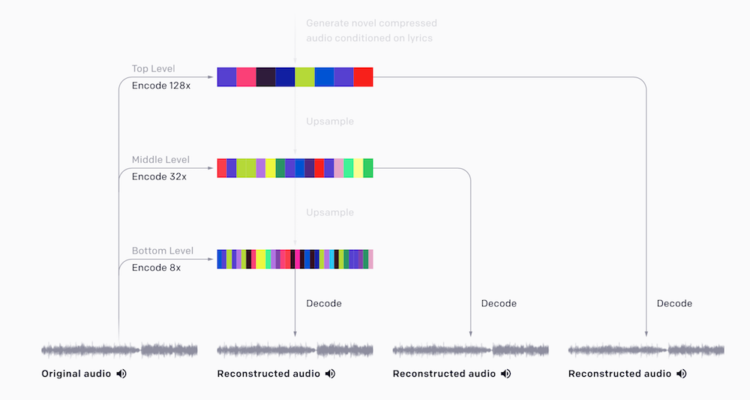
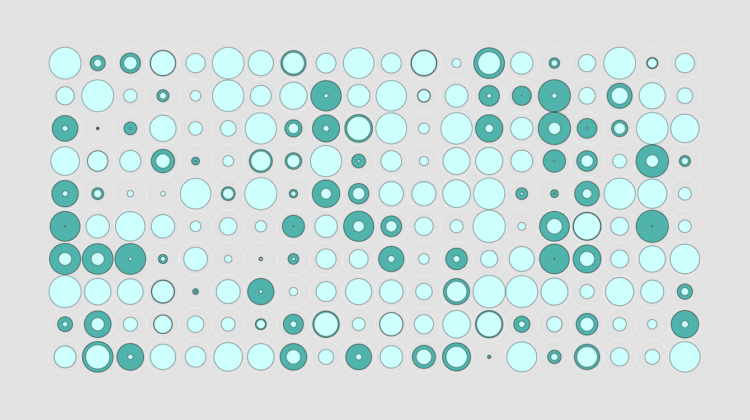
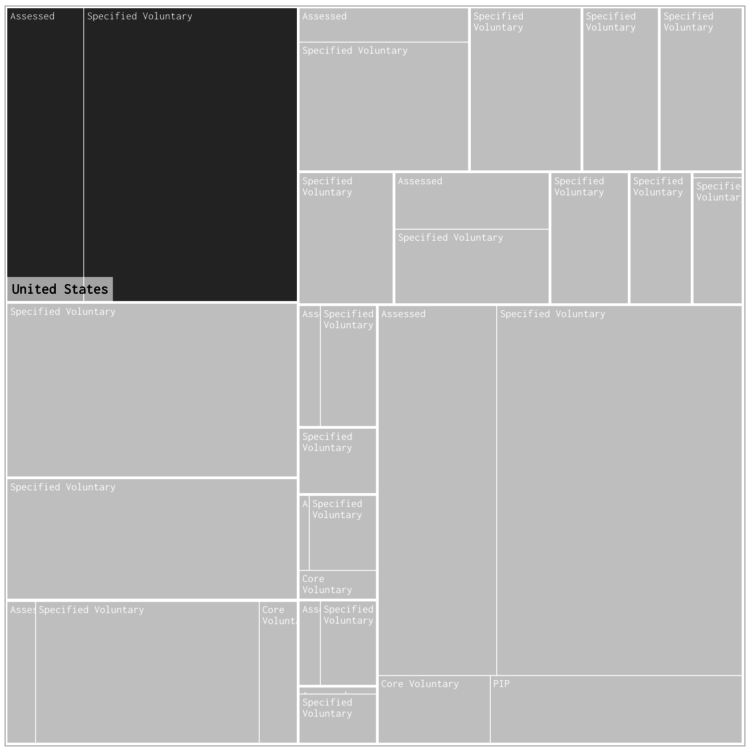
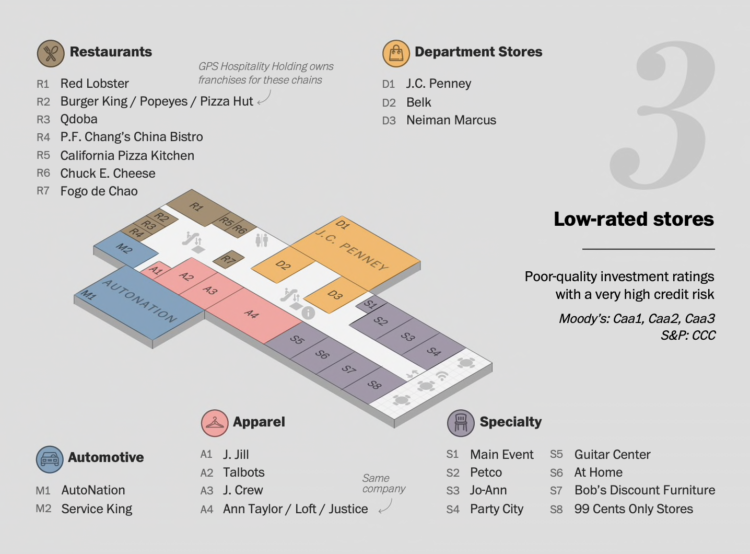
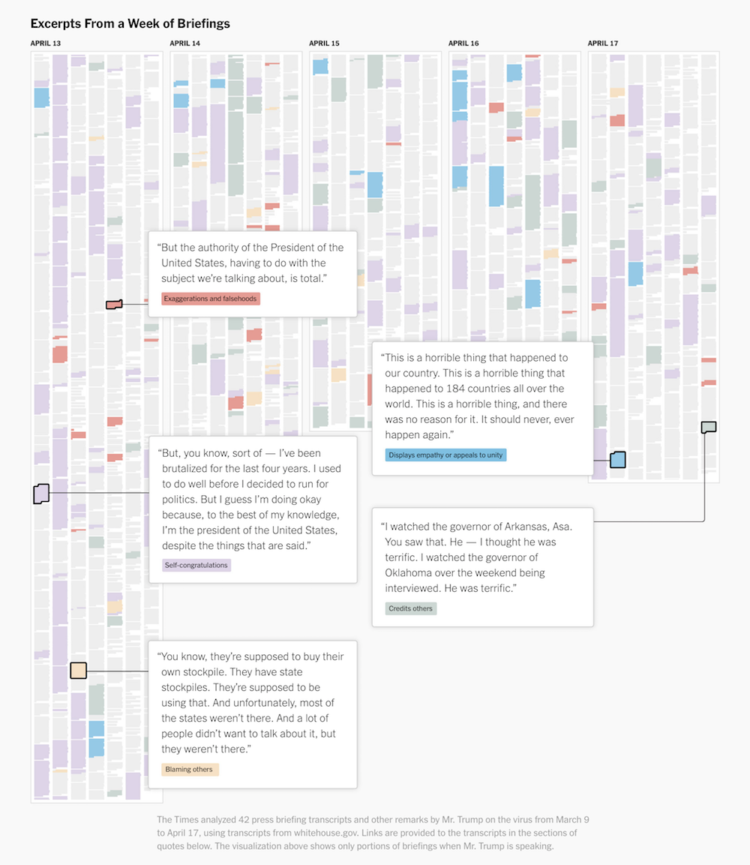
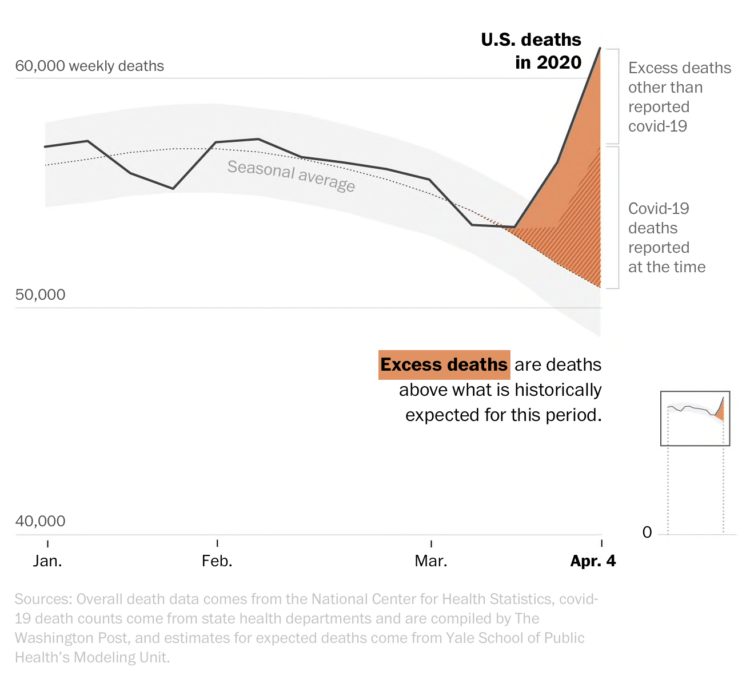
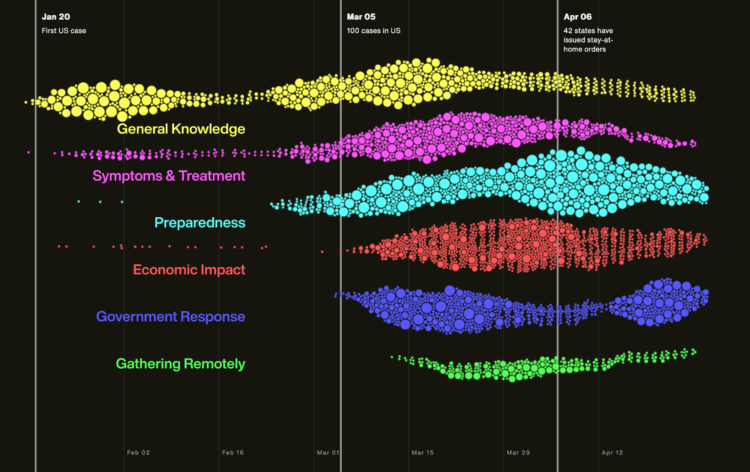


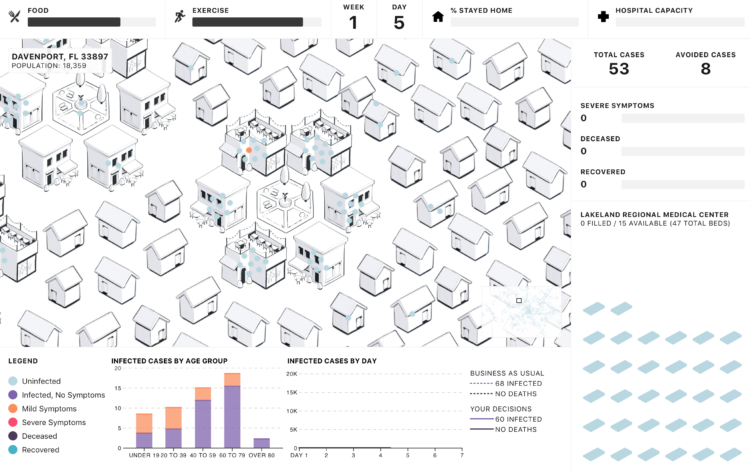

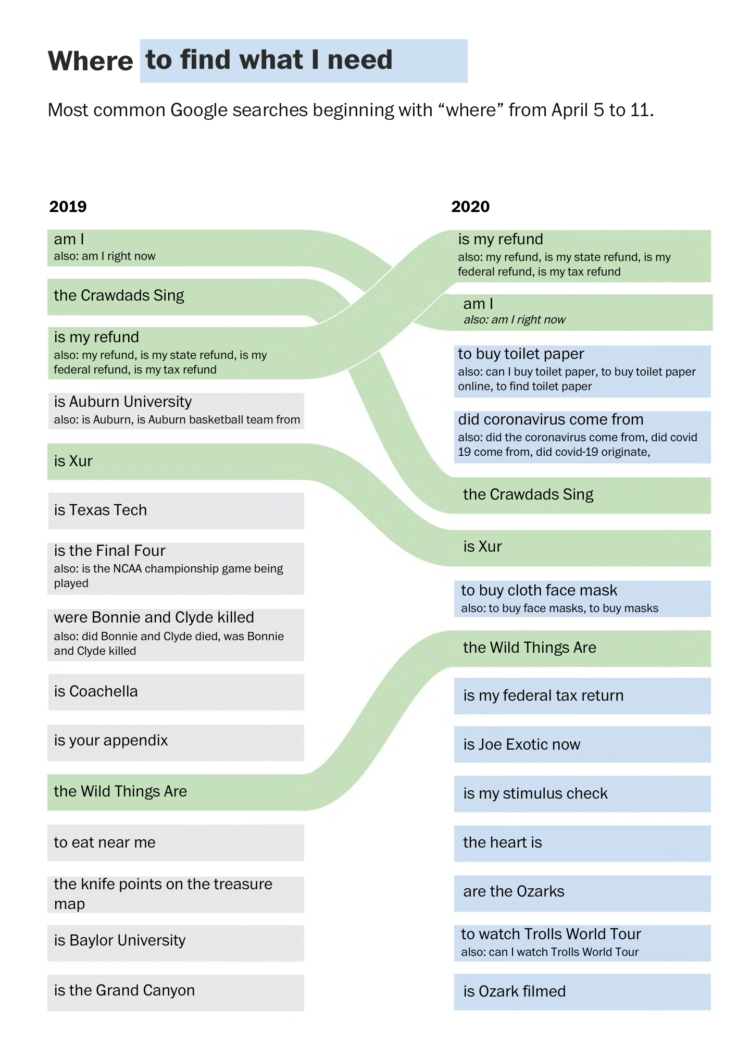


 Visualize This: The FlowingData Guide to Design, Visualization, and Statistics (2nd Edition)
Visualize This: The FlowingData Guide to Design, Visualization, and Statistics (2nd Edition)










